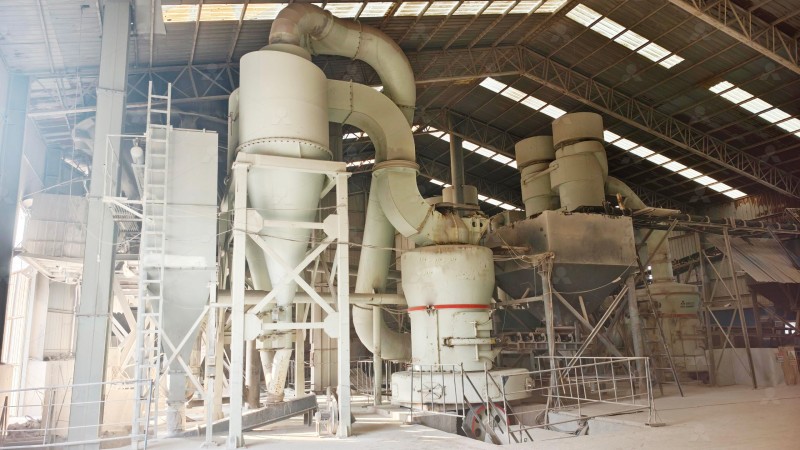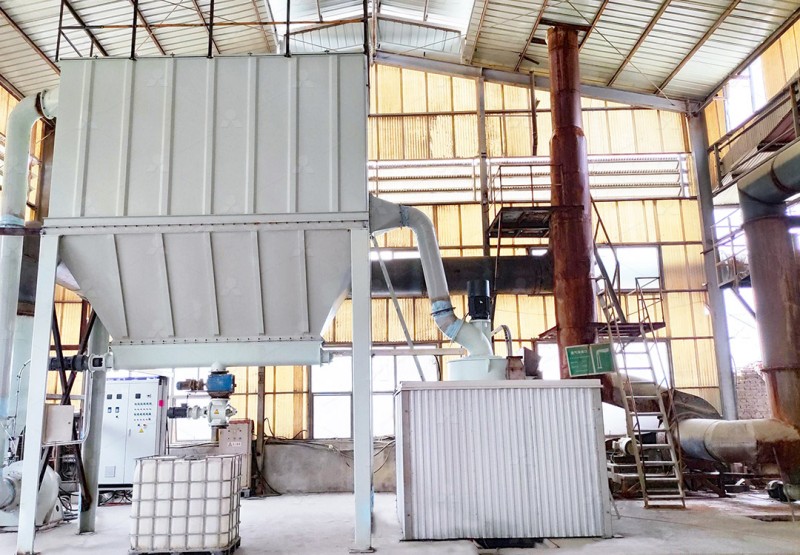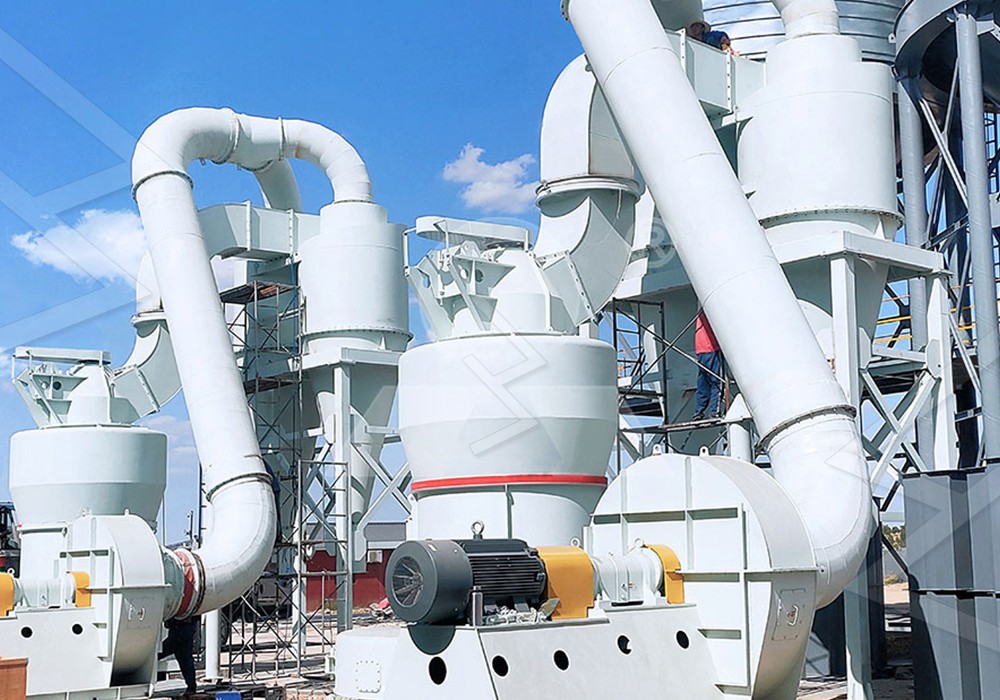Raymond Mill Parts in Xiamen: Essential Components for Optimal Performance
Raymond Mill Parts in Xiamen: Essential Components for Optimal Performance
For industries relying on fine powder production, maintaining Raymond mill efficiency is paramount to operational success. The bustling industrial hub of Xiamen has become a strategic location for sourcing high-quality grinding mill components that ensure consistent performance and extended equipment lifespan.
Raymond mills, as first-generation grinding equipment from Liming Heavy Industry, continue to serve numerous sectors including desulfurization, metallurgy, and non-metallic ore milling. Their enduring popularity stems from advantages like small footprint, low investment costs, and minimal consumption. However, achieving optimal performance requires genuine, precision-engineered replacement parts that maintain the original equipment specifications.

The Critical Role of Genuine Components
Raymond mill operation depends on the synchronized performance of multiple components, including grinding rollers, grinding rings, blades, and transmission systems. Substandard replacement parts can lead to decreased efficiency, increased energy consumption, and unexpected downtime. The grinding process involves raw material being crushed to required sizes, elevated into hoppers, and transported through electromagnetic vibrating feeders into the grinding chamber where rollers oscillate outward to press against the ring due to centrifugal force.
When considering replacement parts, it’s essential to understand that genuine components are engineered to maintain the delicate balance of the grinding system. The precision manufacturing of these parts ensures proper material flow, optimal grinding pressure, and efficient powder separation—all critical factors in maintaining the mill’s rated capacity of 0.6-5 tph for materials with input sizes below 25mm.
Advanced Alternatives for Enhanced Performance
While maintaining traditional Raymond mills is crucial, many operations are upgrading to more advanced grinding solutions that offer superior efficiency and lower operating costs. Among these, the MW Ultrafine Grinding Mill stands out as exceptional equipment designed for customers requiring ultra-fine powder production.
This advanced mill features several innovative design elements that significantly enhance performance. The newly designed grinding curves of the grinding roller and grinding ring improve grinding efficiency, resulting in production capacity that’s 40% higher than jet grinding mills and stirred grinding mills with the same fineness and power. Remarkably, its yield is twice as large as traditional ball grinding mills while system energy consumption is only 30% of jet grinding mills.

The MW Ultrafine Grinding Mill offers adjustable fineness between 325-2500 meshes, thanks to its cage-type powder selector incorporating German technology that increases powder separation precision. Additionally, its unique design eliminates rolling bearings and screws in the grinding chamber, preventing concerns about bearing damage or loose screws causing machine failure. With an external lubricating device enabling lubrication without shutdown, this mill can operate continuously for 24 hours.
Environmental Considerations and Operational Efficiency
Modern grinding operations must balance productivity with environmental responsibility. The MW Ultrafine Grinding Mill addresses this need through its efficient pulse dust collector that prevents dust pollution during operation. Combined with silencers and noise elimination rooms, this equipment operates fully in compliance with national environmental protection standards.
For operations processing materials like limestone, calcite, dolomite, petroleum coal, gypsum, barite, marble, talc, and coal powder, the MW Ultrafine Grinding Mill represents a significant advancement. Its applications extend across chemical industries, paint, cosmetics, medicine, and food additives where ultra-fine powder quality is critical.

Another excellent option for operations seeking advanced grinding technology is the LUM Ultrafine Vertical Grinding Mill, which integrates ultrafine powder grinding, grading, and transporting in a single system. Independently designed by LIMING with years of grinding mill production experience, this mill incorporates the latest Taiwan grinding roller technology and German powder separating technology.
Maintenance and Long-Term Performance
Proper maintenance of grinding mills, whether traditional Raymond mills or advanced models like the MW Ultrafine Grinding Mill, requires access to genuine spare parts and technical expertise. The digitalized processing of core components—including numerically controlled cutting, bending, planing, milling, and paint spraying—ensures high machining precision that cannot be replicated by aftermarket manufacturers.
Operations in Xiamen and surrounding regions benefit from direct access to original equipment manufacturers who can provide technical services and authentic spare parts. This ensures worry-free operation and maintains the performance specifications that grinding systems were designed to deliver.
Frequently Asked Questions
What are the most critical replacement parts for maintaining Raymond mill performance?
The grinding rollers and grinding rings are arguably the most critical components, as they directly impact grinding efficiency and product fineness. Regular inspection and timely replacement of these parts prevent gradual performance degradation.
How does the MW Ultrafine Grinding Mill achieve higher efficiency compared to traditional Raymond mills?
The MW Mill features newly designed grinding curves of the grinding roller and ring that enhance grinding efficiency. It also eliminates rolling bearings and screws in the grinding chamber, reducing maintenance concerns and enabling continuous 24-hour operation.
What environmental advantages do modern grinding mills offer?
Advanced models like the MW Ultrafine Grinding Mill incorporate efficient pulse dust collectors that prevent dust pollution, along with silencers and noise elimination rooms to reduce operational noise, ensuring compliance with environmental standards.
Can the same grinding mill process different materials effectively?
Yes, mills like the MW Ultrafine Grinding Mill can process various materials including limestone, calcite, dolomite, gypsum, barite, and talc. The adjustable fineness between 325-2500 meshes and precision separation technology allow flexibility across different applications.
How important is digitalized processing for grinding mill components?
Extremely important. Numerically controlled operations for cutting, bending, planing, milling, and paint spraying ensure high precision in core parts, which directly translates to better performance, longer service life, and more consistent product quality.
